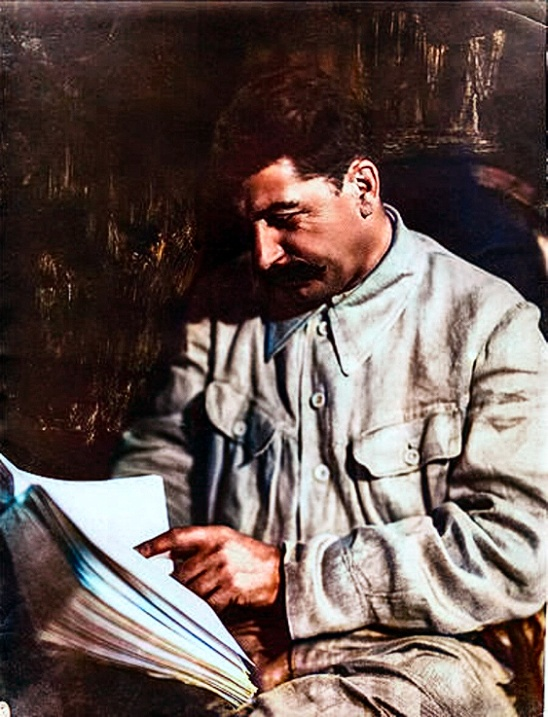on Thursday, Ukrainian forces “liberated” Robotyne, a village that had a population <500. according to Rob Lee, a senior fellow at the Foreign Policy Research Institute, it took 10 brigades to take this village. thats anywhere from 20,000 to 35,000 soldiers needed to advance a small area of the front half a kilometer. to make matters worse for Ukraine, b points out that the positions taken by Ukrainian soldiers in Robotyne are troublesome. Ukrainian forces are about 300 feet lower than Russian forces. a considerable high ground makes Russian artillery more effective than Ukrainian artillery. it also makes any attempt by Ukraine to charge the line considerably more dangerous.
previously, b estimated that, due to the artillery superiority of Russia, Ukrainian casualties outweigh that of Russia by 10:1. this is made even worse by the substandard military medicine practiced by the Ukrainian forces. sometimes it takes 10 hours to transport Ukrainian soldiers from the front to a hospital. thousands of Ukrainian soldiers who were wounded are dying due to incompetence. their supplies are also of poor quality bc of corruption-- Volodymyr Prudnikov, the head of Ukraine’s Medical Forces Command’s procurement department payed his daughter-in-law’s company 1.5 million british pounds for tactical medical kits; these kits, however, were much cheaper than promised and tourniquets from these kits have failed to hold pressure and have resulted in deaths.
while it takes several hours for Ukrainian medical evacuation, it takes Russian forces 10 minutes to apply first aid, and only an hour to reach field medical units.
this is truly a tragic conflict. it seems that the demons who rule NATO will prolong this war. on the bright side, NATO weapon stockpiles are being depleted and western manufacturing cant even begin to keep up with Russian manufacturing. Russia manufactures 2.5 million artillery shells a year, while the US produces 93,000. if the Pentagon meets its goal, the US will still only be producing 1 million shells per year by 2025

